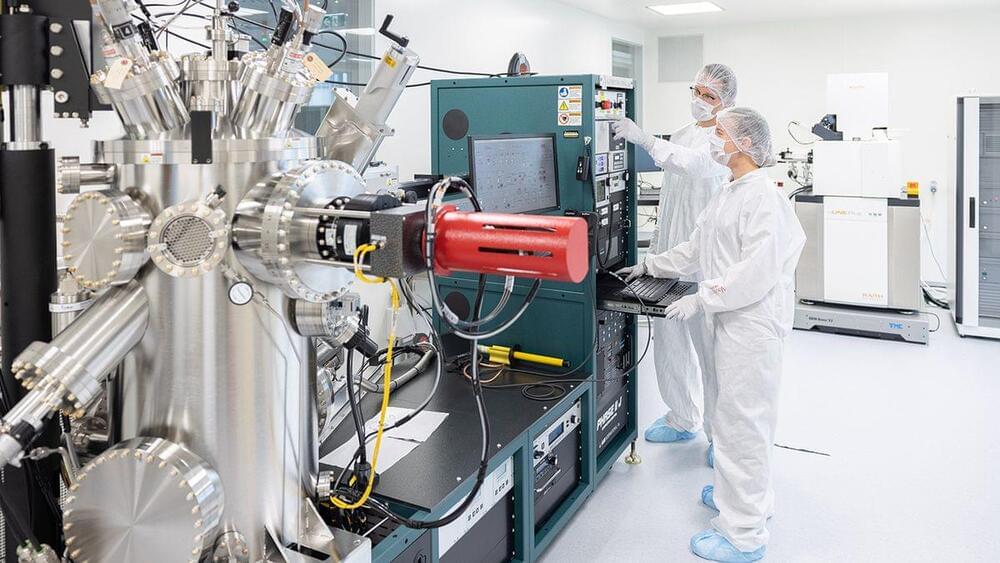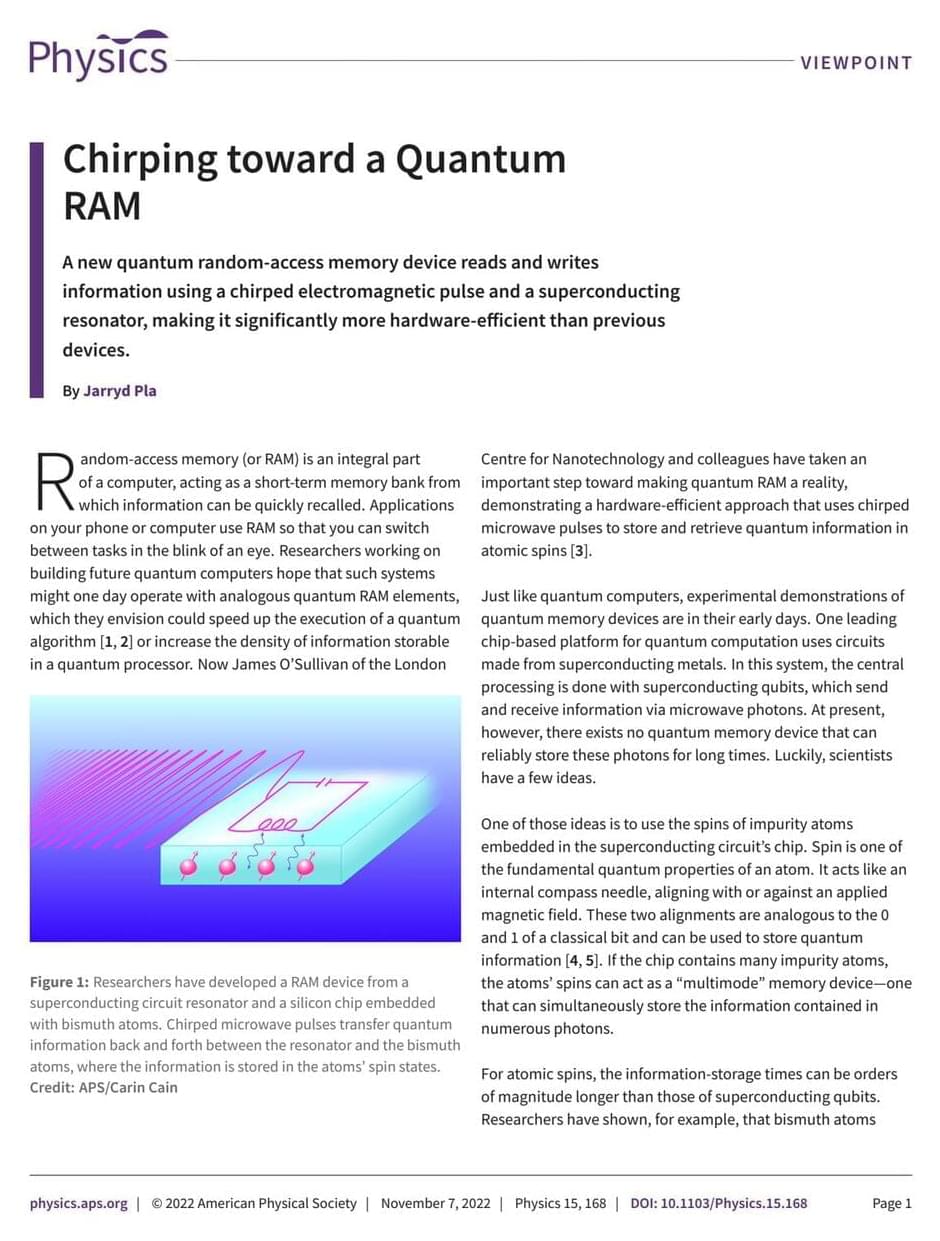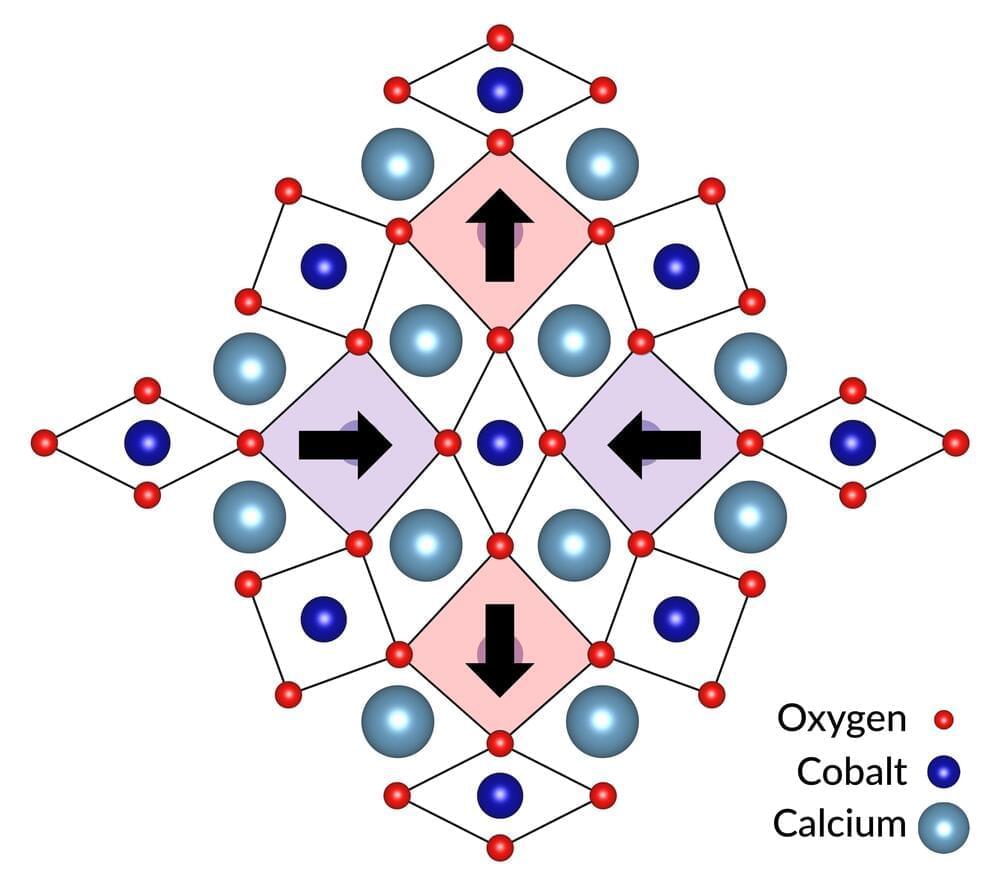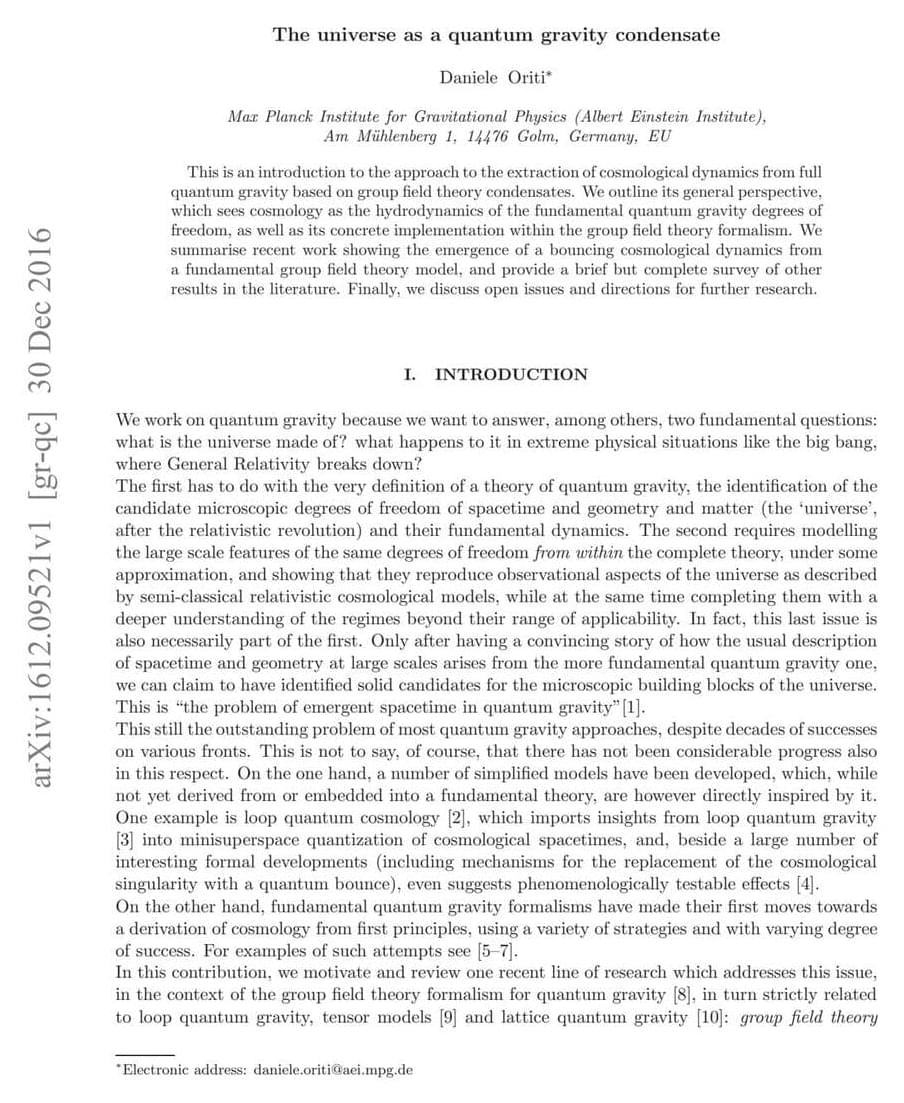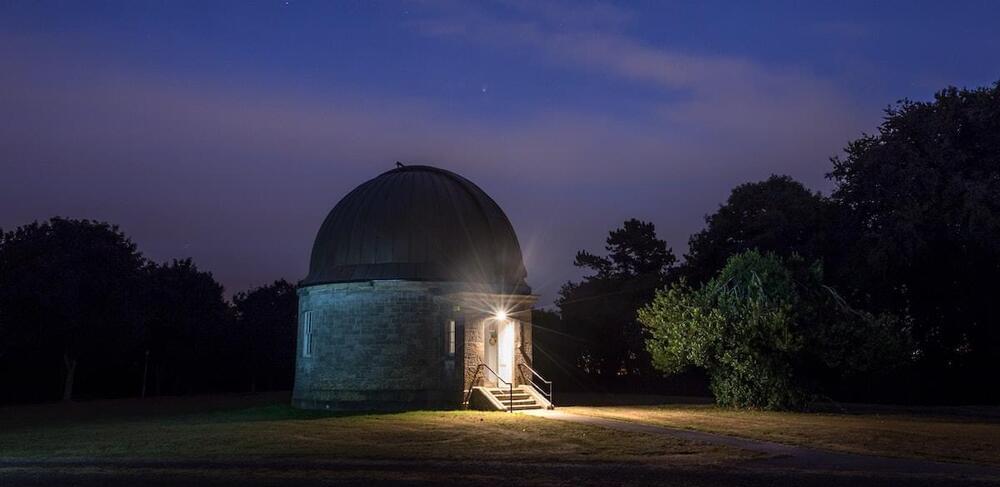
The CRYSTALS-Kyber public-key encryption and key encapsulation mechanism recommended by NIST in July 2022 for post-quantum cryptography has been broken. Researchers from the KTH Royal Institute of Technology, Stockholm, Sweden, used recursive training AI combined with side channel attacks.
A side-channel attack exploits measurable information obtained from a device running the target implementation via channels such as timing or power consumption. The revolutionary aspect of the research (PDF) was to apply deep learning analysis to side-channel differential analysis.
“Deep learning-based side-channel attacks,” say the researchers, “can overcome conventional countermeasures such as masking, shuffling, random delays insertion, constant-weight encoding, code polymorphism, and randomized clock.”
